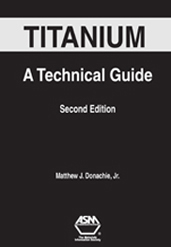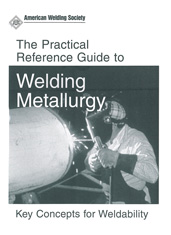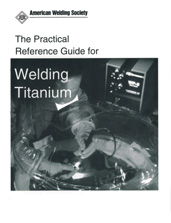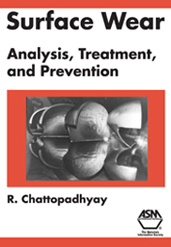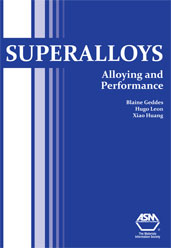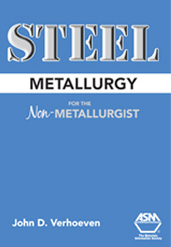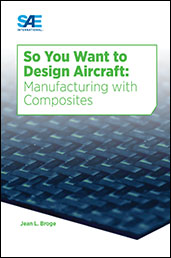Book

Transformations: Selected Works of G.B. Olson on Materials, Microstrucutre, and Design
2017-01-01
ASM International and The Minerals, Metals and Materials Society (TMS) have collaborated to present a collection of the selected works of Dr. Greg B. Olson in honor of his 70th birthday in 2017. This collection highlights his influential contributions to the understanding of martensite transformations and the development and application of a systems design approach to materials. Part I: Martensite, with an Introduction by Sir Harry Bhadeshia, emphasizes Dr. Olson's work to develop a dislocation theory for martensite transformations, to improve the understanding of the statistical nature of martensite nucleation, and to expand use of quantitative microscopy to characterize phase transformations. Part II: Materials Design, with an Introduction by Dr. Charles Kuehmann, focuses on the application of a systems design approach to materials and the development of integrated computational design curriculum for undergraduate education.

